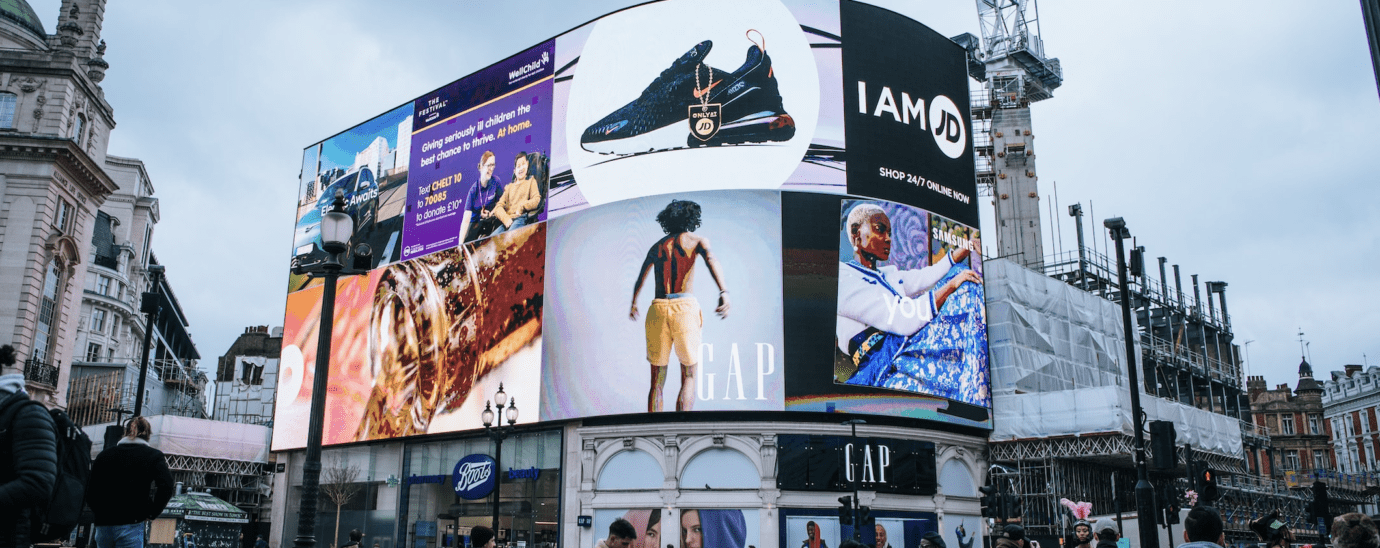Why billions of dollars are being wasted on ineffective advertising (and how to fix it).

The advertising industry has been prioritising the fight against fraud for a few years now. However, another monetary issue has also proven to be extremely worrying, with $10 billion wasted every year on ads that are only partially in-view. Advertisers are settling for sub-par standards that must be re-assessed without delay.
Using formats that don’t focus on the browsing experience and measuring the results of a campaign with outdated metrics means brands are investing in digital video ads while being clueless as to whether their campaigns generate any attention. Or worse still, if their message is actually played on-screen. As video ad spend continues to rise (it was up 20% on the year in the UK), how long can this nonsense continue? Are advertisers genuinely aware as to what they are spending their money on?
SKYROCKETING INVESTMENTS WITH LITTLE ROI EVALUATION
Digital advertising is a booming industry, one of the few to experience double-digit growth following the pandemic, with video playing a key role. Users today are much more likely to see and be engaged by impactful and entertaining ad formats, rather than the more antiquated static banners they have grown to ignore. This has massively driven the demand for ad investment.
On a global scale, digital video is set to be the fastest-growing ad format in 2023 with a +11% increase. As users spend more and more time glued to their screens, mobile has become an essential aspect of digital video and should account for 65% of total digital video ad spend in the US in 2023.
Brands that are investing in digital advertising must be sure as to where their money goes. Instead, they are often met with two issues that could affect a successful campaign.
NO MORE MISLEADING KPIS
Advertisers are currently investing large sums in outstream video formats (video ads embedded in a content page, vs those integrated in streaming video content), but are heedless as to how best measure these campaigns’ performance.
The primary indicator used by brands when measuring video performance is the Video Completion Rate (VCR). Yet, it is deceptive. When it comes to mobile, a user may trigger an ad but continue to scroll down the page, meaning the video will be playing partially or entirely off-screen. Why would advertisers use this metric as an indicator knowing they may achieve a high VCR but without being able to tell whether the video was actually in-view for the user, or even seen? The meteoric rise of digital advertising means that brands are accepting campaign metrics that they would never deem appropriate for other forms of media. Indeed, you would never pay to broadcast a half-blurred TV campaign. The same common sense must now apply to digital video ads too.
SETTING THE DIGITAL VIDEO AD MEASUREMENT STANDARD
Brands must embrace another form of measurement to establish the success of their campaigns and the ROI they yield. The solution is to use the ‘fully on-screen rate for 50% duration’, a metric that
measures the percentage of impressions whereby 100% of pixels are in-view for at least half of the video duration.
The advantage of using this metric is that it is readily available on the market via third-party measurers like Oracle Moat or IAS. Although there might be slight variations of the name, they all reference the same standard that can be consistently and easily leveraged across the industry. Embracing this metric is the only way for advertisers to successfully measure the performance of their video campaigns in a meaningful and consistent way, and it must become the standard for all online advertising players.
Ad verification and measurement specialist Oracle Moat’s benchmark for the third quarter of 2022, showed that, on average, only 45% of mobile outstream video formats qualified for this measurement standard. If we then apply this to the US-projected 2022 outstream video spend of $63 billion on programmatic digital video advertising, we can see that billions were wasted on video ads that were partially on-screen.
‘VIEWABLE’ DOES NOT MEAN ‘VIEWED’
With the major advancements seen in digital advertising, oftentimes it is necessary to ask the fundamental question: are people actually seeing the ad you paid good money for?
During the dawn of digital advertising, there was little to no surefire way of knowing whether an online ad was visible or not. ‘Viewability’ then appeared as an early indicator; a measurement of the opportunity for the ad to be seen. Yet, viewable does not necessarily mean viewed, and the current standard of viewability does not guarantee that an ad has really been viewed, nor that it generates attention. Viewability is set to become obsolete in the near future, when advertisers realise that it doesn’t deliver the insights they require. Hence, attention will be the only reasonable key outcome they will look for.
EYE-CATCHING AD FORMATS
Advertisers will need to rely on fully on-screen ad formats, whereby 100% of the pixels are in view. These formats are non-intrusive, meaning users can choose how they see the message, easily closing it if it’s not for them. However, if they do decide to continue watching, these formats have been proven to be 5x more impactful than any other mobile format, while generating 36% more brand recall than other mobile outstream and display activations. Brand recall is of the greatest importance to advertisers and acts as the foundation for building better brand awareness. By implementing fully on-screen formats, advertisers are assured that their message will, by default, generate the highest level of attention possible.
While the responsibility of the creative message falls on the brand, the responsibility to ensure the message is properly displayed on screen does not. Even the greatest creative campaign will have little to no chance of success if no one actually sees it. This much is obvious. And the millions of dollars spent by advertisers on a video campaign featuring a famous influencer will be for nothing if that video is played off-screen, with no users paying attention to it.
Brands and agencies must reevaluate how they invest in video ads. Yes, they need to ensure that their messages are delivered through formats that are truly seen and able to generate attention. But they also need to measure their efforts by using a metric that correctly reflects the impact of their ad.
